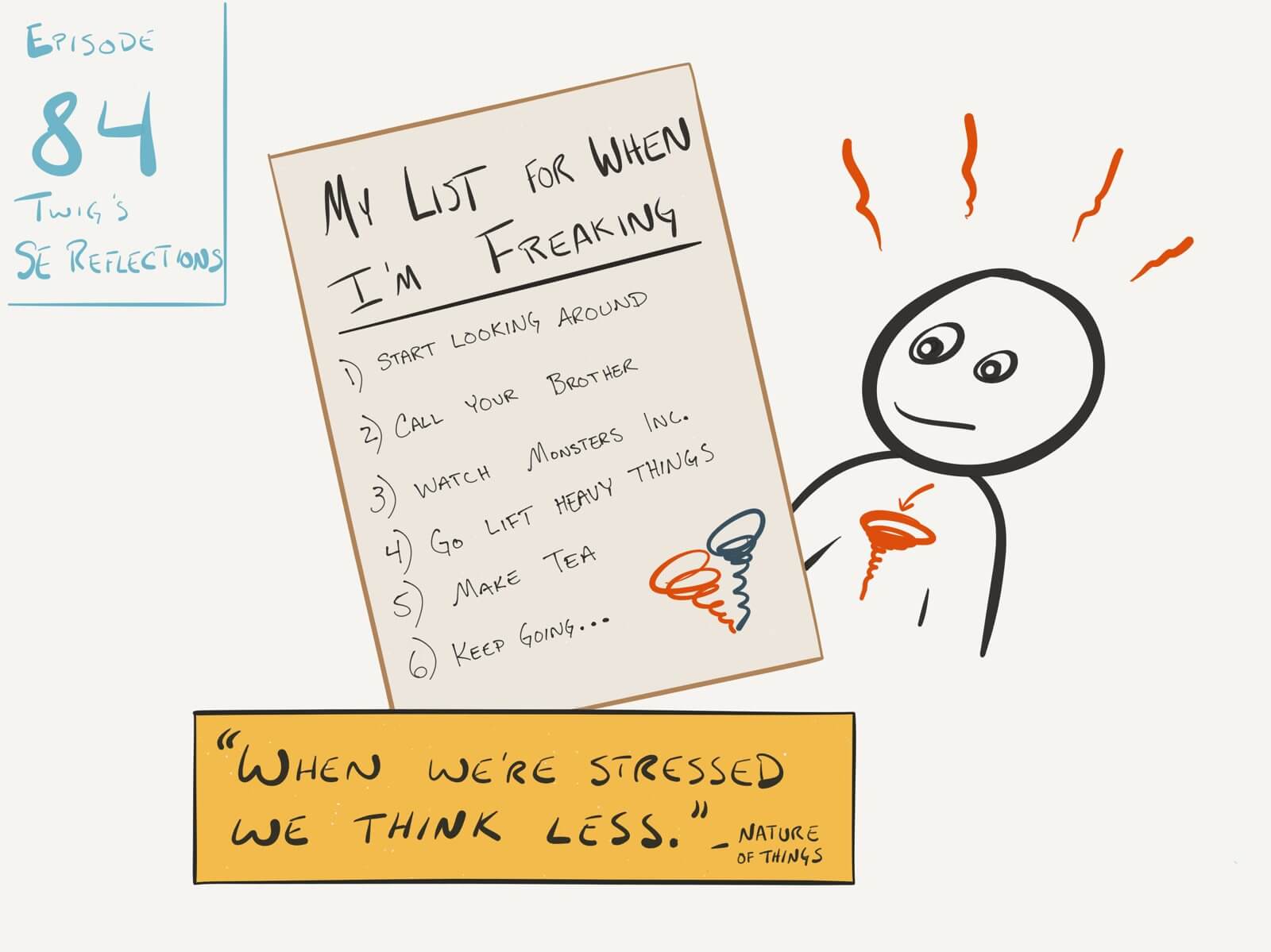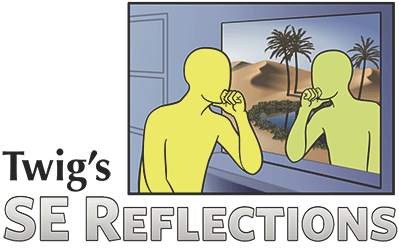
Play Episode 84 Here
Podcast: Play in new window | Download
Subscribe: RSS
When we’re stressed we think less. That’s true for everyone but it’s an especially vexing fact for our distressed clients – many of whom desperately need to make more helpful and healthful decisions on behalf of their well-being.
Milton Erickson, the famous psychiatrist and hypnotherapist, knew this too. That’s why he maintained a list to reference when his body got racked by pain due to his history with polio.
I often tell clients about Milton’s list (and my own) and why it may be a good idea for them to create something similar for times when they’re “freaking.”
Episode Mentions:
- Milton Ericsson – Wikipedia
- Milton H. Erickson M.D.: An American Healer – Amazon – non-affiliated link
- Kathy Kain – Somatic Experiencing® Faculty
- Stephen Gilligan – Trance Camp
When I’m introducing this idea of “Milton’s List” to clients I’m first trying to get it across that:
- We think less when we’re stressed so it’s a good idea to have an aid to help us re-direct our attention toward more helpful ends.
- Other people have needed similar lists and have been willing to use them (such as Milton Erickson and Twig).
- Repetitive distress is rarely productive and usually deliterious. Working on our behalf to minimize it’s consequences is a smart thing to do.
- Each of us has a pattern of thoughts, feelings and behaviors that we do when we’re “freaking out.” Our goal is to name some of those steps so that when we see them coming we can turn our attention toward the list.
- No single aide or activity is going to be the answer every time.
When I’m helping clients create their list I try to:
- Find resources or activities they’ve already discovered on their own that they know are helpful in calming things down. As in Kathy Kain’s question: “When these things have happened before, what have you found that helps the most?”
- Help them think creatively about about other “resources” they have in their lives that they could lean on to help them minimize their repetitive activation.
- Increase the amount of social contact or “outside of me” attention that can be engaged.
- Encourage the use of somatic and physiologically informed activities that can be anticipated to help calm things down such as:
* Orientation – Engage the world around you rather than reference “in you” too much.
* Simulated Pendulation – Probably in the 3×3 pattern of “Naming 3 things you can see around you, name 3 things you can feel inside, name 3 other things you can see.” Repeat.
* The Hook – Brain Gym move where you tangle your hands, arms and legs across the midline of the body and press the tongue to the roof of the mouth.
* Sometimes breathing excercises, though rarely do I include this.
* Grounding excercises in rounds – Like standing in a doorway with the outside of the feet and hands pressing out to the doorjam.
* Squeezing things in rounds – Like plastic water bottles or towels.
* Ripping up Newspaper in rounds – The sound is so so satisfying.
* And so on…
Setting up easy access to this list can be necessary:
- Sometimes just talking about the idea of such a list is enough to give people something to lean on rather than focus all their attention on recurring anguish.
- Other times it’s enough to actually make a list on a single piece of paper.
- For some, making copies of the list and posting it around the house, in the car and at the office is a better idea.
- The homescreen of a smartphone can be another handy place to have this list available for quick review.

